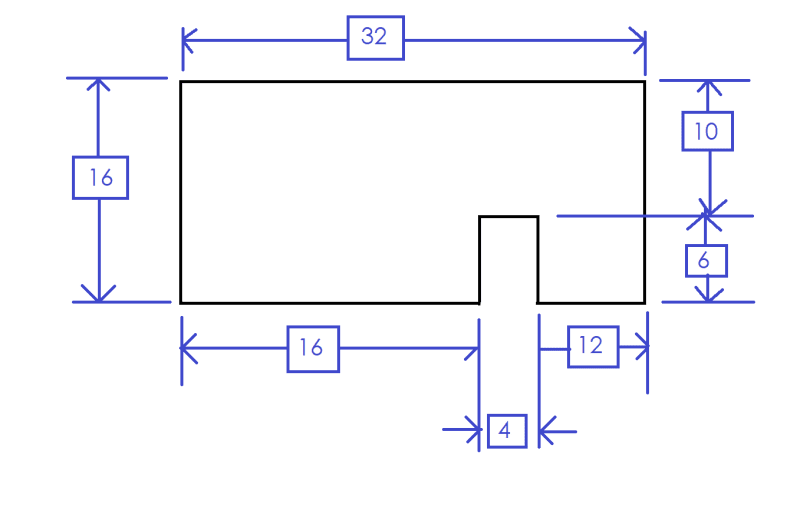Hi all,
Assuming we had 3 proper datums set up with a proper profile tolerance/feature control frame, would the following dimensioning scheme with basic dimensions be kosher? As in not over defined?

If this would be okay, how is rounding dealt with? What would happen if I decided to add another basic dimension for the overall diagonal, which would be the sqrt of 16^2 + 32^2 = 35.77708...?
It'd make my job a lot easier if prints were overdimensioned with basic dims rather than underdimensioned which is why I'm curious about this.
Assuming we had 3 proper datums set up with a proper profile tolerance/feature control frame, would the following dimensioning scheme with basic dimensions be kosher? As in not over defined?

If this would be okay, how is rounding dealt with? What would happen if I decided to add another basic dimension for the overall diagonal, which would be the sqrt of 16^2 + 32^2 = 35.77708...?
It'd make my job a lot easier if prints were overdimensioned with basic dims rather than underdimensioned which is why I'm curious about this.
